5 Breakthrough Healthcare Research Discoveries in 2025
Discover 5 major healthcare research breakthroughs of 2025, from microbiome-driven cancer therapy to AI cancer detection and stroke recovery with DMT.
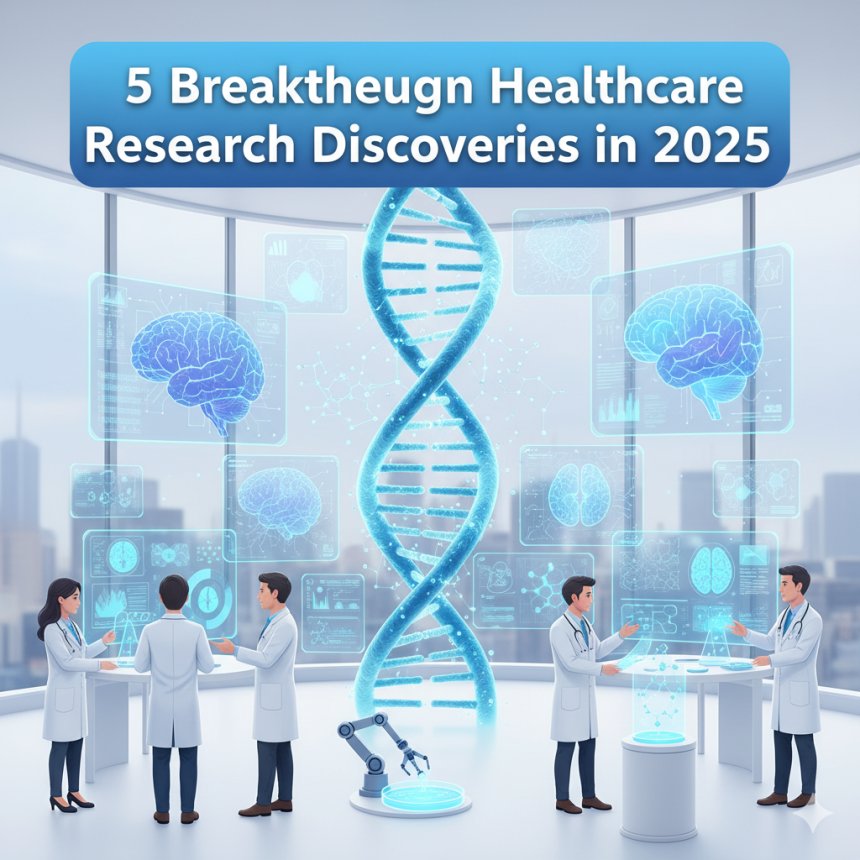
5 Breakthrough Healthcare Research Discoveries in 2025
Healthcare research is evolving at a rapid pace, and new findings are paving the way for better treatments, earlier diagnoses, and improved patient outcomes. Below are five of the most exciting research updates from 2025, each with significant implications for the future of medicine.
1. Microbiota Within Tumors Can Boost Chemotherapy Effectiveness
Recent research has uncovered a fascinating relationship between the microbiome and cancer treatment. Scientists studying colorectal cancer have found that certain bacteria residing inside tumors produce a molecule called 2-methylisocitrate (2-MiCit). This compound appears to make cancer cells more sensitive to chemotherapy.
In preclinical trials, tumors containing these microbiota showed improved responses to chemotherapy compared to those without them. This breakthrough suggests that a tumor’s internal bacterial environment could play a critical role in determining treatment success. Researchers believe that in the future, doctors may be able to modify the microbiome within tumors to enhance cancer therapies, turning the body’s natural bacterial allies into partners against cancer.
If validated in human trials, this discovery could revolutionize cancer treatment strategies by combining microbiome-targeted interventions with traditional therapies.
Reference: Nature Cancer Research – Microbiota and Chemotherapy
2. Psychedelic Compound May Help the Brain Heal After Stroke
A study published in October 2025 highlights the potential of DMT (N,N-Dimethyltryptamine), a naturally occurring psychedelic compound, in reducing brain damage after a stroke. Researchers discovered that DMT helps repair the blood-brain barrier (BBB), a critical defense system that often weakens during stroke, leading to long-term neurological damage.
By restoring BBB integrity, DMT reduced the extent of damage in preclinical models. This finding is particularly exciting because current stroke treatments are limited, often focusing only on restoring blood flow and not preventing subsequent damage.
DMT is found naturally in plants and even in small amounts within the human brain. Its role in promoting brain plasticity and repair makes it a strong candidate for future therapies. Although more research and clinical trials are needed, this breakthrough could open new pathways for stroke recovery and neurological rehabilitation.
Reference: Science Translational Medicine – DMT and Stroke Recovery
3. A Non-Invasive Method to Predict Liver Disease Years in Advance
Researchers in Sweden and Finland have developed a simple yet powerful model called CORE, which uses routine blood test data to predict a person’s risk of developing liver disease—years before symptoms arise. Unlike traditional diagnostic methods, CORE is suitable for use in the general population, not just high-risk groups.
The test evaluates patterns in standard blood markers, making it accessible and cost-effective compared to invasive procedures like liver biopsies or specialized imaging. This innovation could lead to earlier lifestyle interventions and medical care, potentially preventing severe conditions such as cirrhosis, fatty liver disease, or liver cancer.
The ability to predict disease before it manifests could significantly reduce the global burden of liver-related illnesses. If widely adopted, CORE may become a cornerstone of preventive medicine in hepatology.
Reference: Journal of Hepatology – CORE Model for Liver Disease
4. Lifestyle Changes Can Prevent Type 2 Diabetes Without Weight Loss
For years, weight loss has been considered the gold standard for preventing Type 2 diabetes. However, new research from Tübingen, Germany, challenges this assumption. In a study of people with prediabetes, participants who normalized their blood sugar levels through healthy lifestyle changes—even without losing weight—were 71% less likely to develop diabetes compared to those who didn’t improve their glucose control.
The study emphasized that improvements in diet, physical activity, and metabolic health were more important than weight reduction alone. This shifts the focus of prevention programs towards promoting overall metabolic fitness rather than exclusively targeting body weight.
For millions at risk of diabetes, this discovery is empowering. It suggests that meaningful prevention is possible through consistent, healthy habits, even if weight loss proves difficult.
Reference: Diabetologia – Lifestyle and Diabetes Prevention
5. AI Tool “DOLPHIN” Reveals Hidden Cancer Strategies
Artificial intelligence continues to reshape medical research, and the new AI tool DOLPHIN represents a major leap forward in cancer detection and treatment. This system analyzes single-cell genetic data to uncover previously hidden cancer markers.
By identifying subtle mutations and patterns, DOLPHIN enables earlier diagnosis and more precise treatment plans. Beyond detection, the tool can create virtual cancer models, allowing researchers to simulate how tumors evolve and respond to therapies. This could accelerate drug discovery and improve personalized medicine approaches.
The integration of AI into oncology is still developing, but DOLPHIN provides a powerful glimpse into the future of precision cancer care, where technology and biology combine to outsmart the disease.
Reference: Nature Biotechnology – DOLPHIN AI in Cancer Research
Final Thoughts
These five studies illustrate how multidisciplinary research—spanning microbiology, neuroscience, AI, and preventive medicine—is driving innovation in healthcare. From reprogramming bacteria inside tumors to predicting liver disease years in advance, the future of medicine looks more personalized, proactive, and precise than ever.



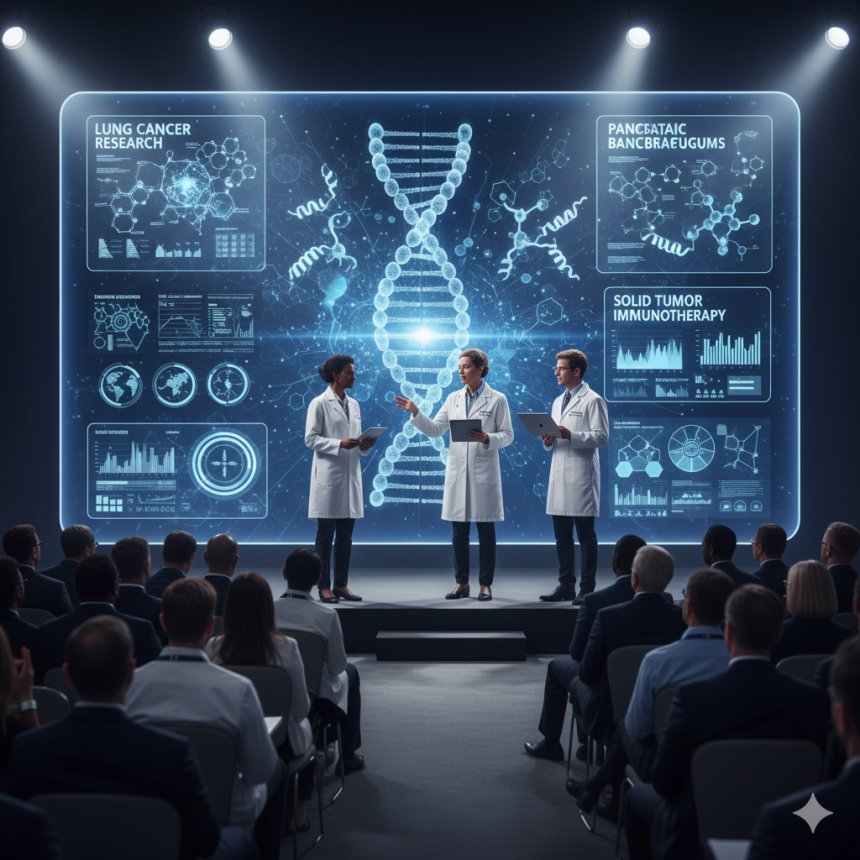


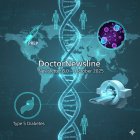
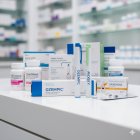


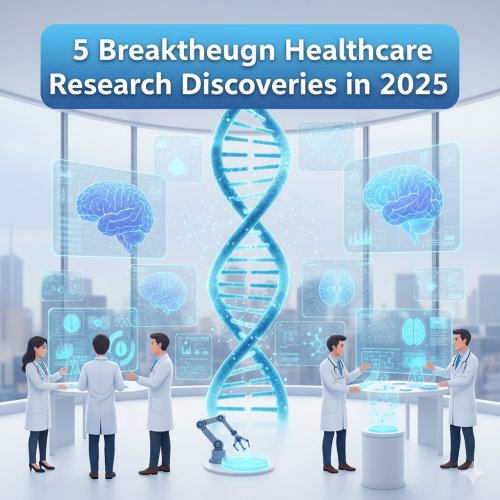
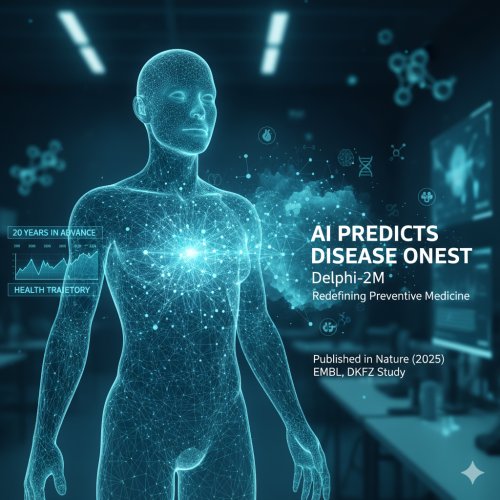
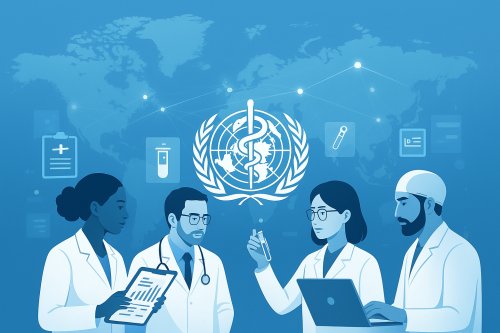
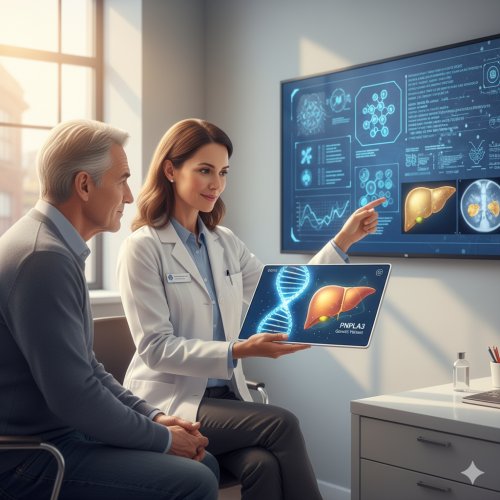
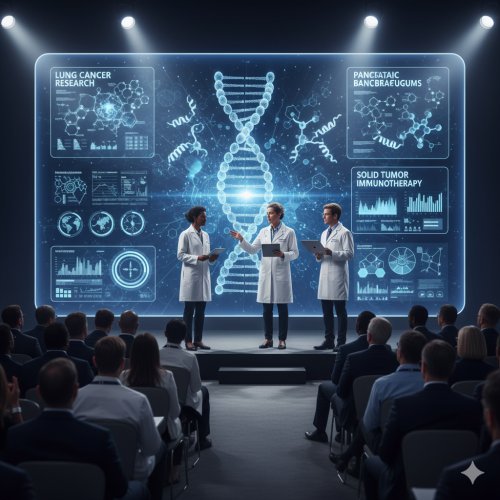
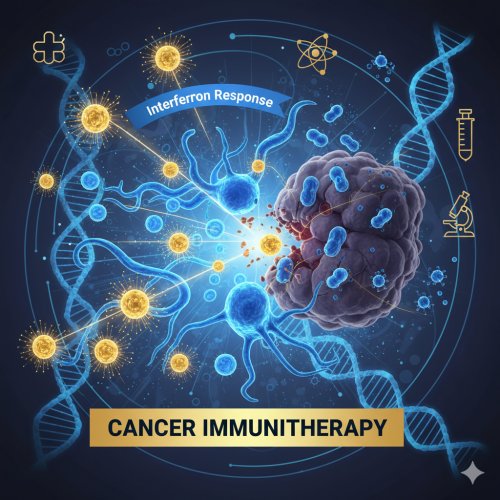
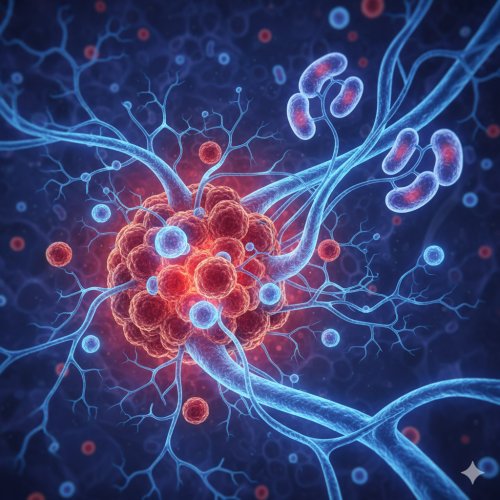

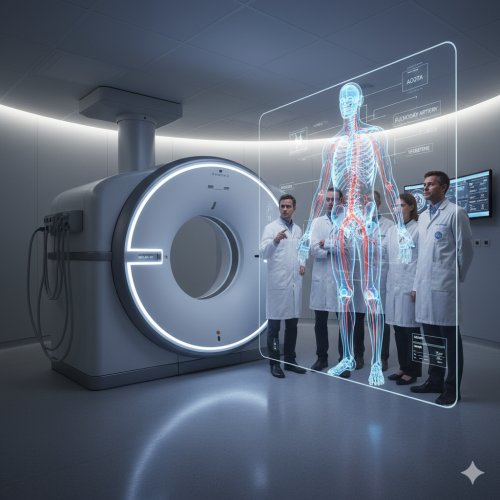
Very interesting topic. I would like to know more about it. Thanks!